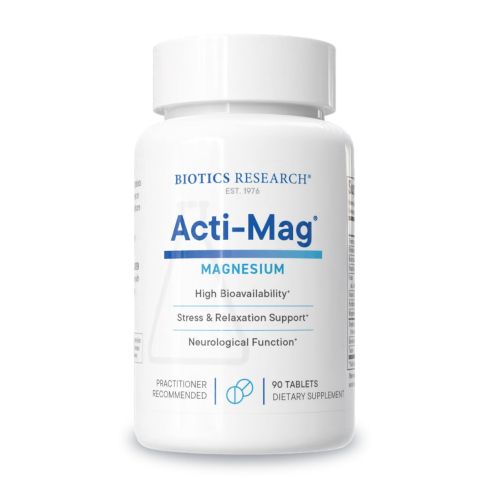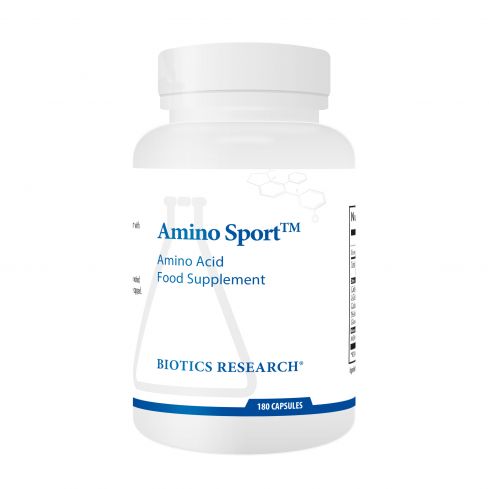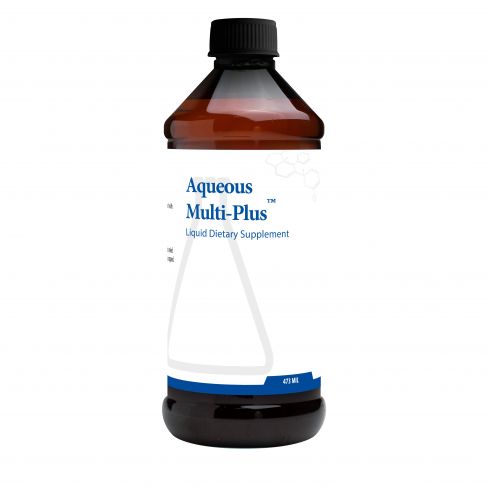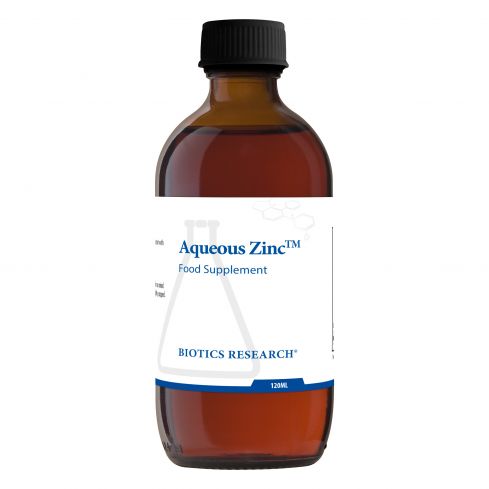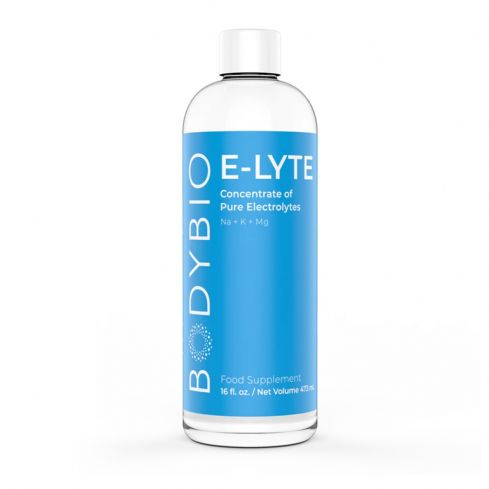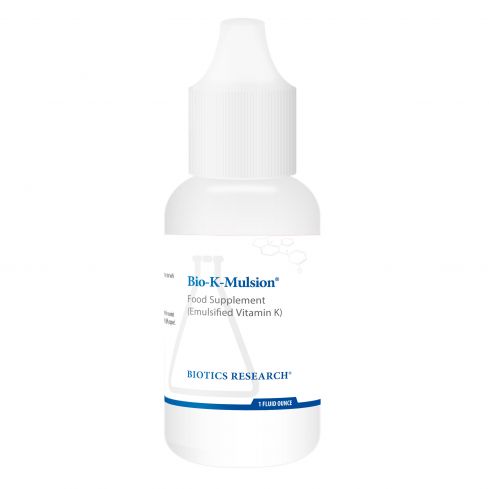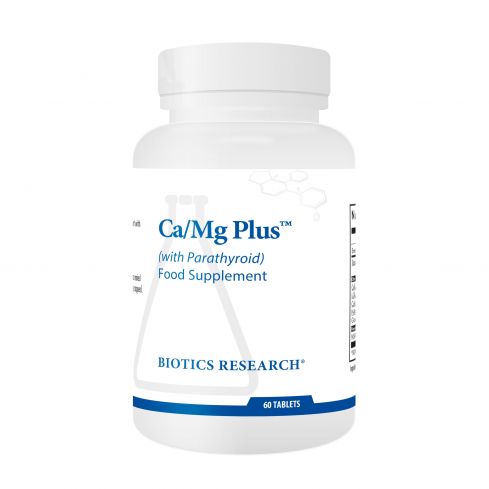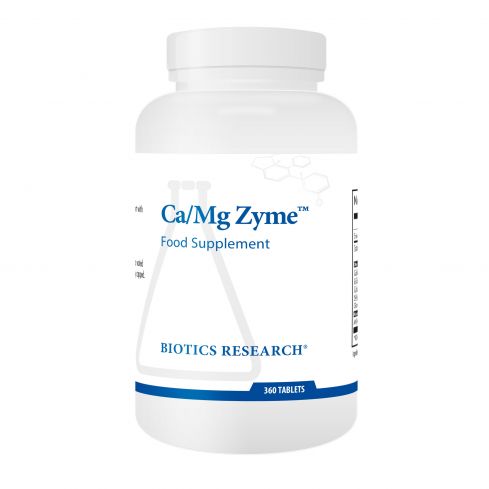- Home
- Products
- Categories
- Mineral Products
Mineral Products
Minerals are elements that originate in the Earth and cannot be made by living organisms. Plants obtain minerals from the soil, and most of the minerals in our diets come directly from plants or indirectly from animal sources. Minerals may also be present in the water we drink, but this varies with geographic locale. Minerals from plant sources may also vary from place to place, because soil mineral content varies geographically.
There are estimated to be 7 essential macro-minerals and 10 essential trace minerals (also referred to as Trace Elements) which we need to derive from our diet.
Macro-Minerals: Calcium, Chlorine, Magnesium, Phosphorous, Potassium, Sodium, Sulphur (basic functions shown below).
Trace Minerals: Cobalt, Copper, Chromium, Iodine, Iron, Manganese, Nickel, Selenium, Vanadium, Zinc (basic functions shown below).
Modern man needs more than diet alone can provide. The refining, processing and storage of food means there are often reduced levels of many minerals in the food we eat, and when combined with the demineralisation of the soil through agricultural use there is strong evidence that much of the population require additional amounts of at least one of these minerals for optimal health. Mineral supplementation may therefore be one of the keys to supporting optimal health.
Bioavailability: Not all forms of minerals are well absorbed or appropriate for the human body, such as nickel. This is why Nutri-Link products are in the most highly-bioavailable form appropriate for the supplement in question. This includes amino acid chelates, citrates, bsyglycinates and plant-bound (food state) complexes, and less often in the oxide and carbonate forms. The result is the best absorption possible via active transport in the digestive tract or facilitated absorption via the ionic gradient. Adequate hydrochloric acid is required to liberate minerals from foods and create the appropriate acidic pH in order for minerals to be absorbed.
Functions of the Minerals & Trace Minerals
Calcium: Calcium is the most abundant mineral in the human body and has several important functions. More than 99% of total body calcium is stored in the bones and teeth where it supports the structure. The remaining 1% is found throughout the body in blood, muscle, and the intracellular fluid. Calcium is needed for muscle contraction, blood vessel constriction and relaxation, the secretion of hormones and enzymes, and nervous system signalling.
The body gets the calcium it needs in two ways. One method is dietary intake of calcium-rich foods including dairy products, which have the highest concentration per serving of highly absorbable calcium, and dark, leafy greens or dried beans, which have varying amounts of absorbable calcium. Calcium is an essential nutrient required in substantial amounts, but many diets are deficient in calcium.
The other way the body obtains calcium is by extracting it from bones. This happens when blood levels of calcium drop too low and dietary calcium is not sufficient. However, simply eating more calcium-rich foods does not necessarily replace lost bone calcium, which leads to weakened bone structure.
Hypocalcaemia is defined as a low level of calcium in the blood. Symptoms of this condition include sensations of tingling, numbness, and muscle twitches. In severe cases, tetany (muscle spasms) may occur. Hypocalcaemia is more likely to be due to a hormonal imbalance, which regulates calcium levels, rather than a dietary deficiency. Excess calcium in the blood can cause nausea, vomiting, and calcium deposition in the heart and kidneys. This usually results from excessive doses of vitamin D. Calcium supplements are widely used to reduce bone resorption in osteoporosis[1], and many studies support this use. Calcium supplementation is also used for colorectal neoplasia and in pregnancy[2].
Chloride: Chlorine exists in the body as chloride ions which is a very common electrolyte which controls the flow of water within the cells of the body.
Magnesium: Magnesium is the second most abundant intracellular cation (positively charged ion) in the human body and is involved in more than 300 enzymatic reactions. Magnesium sulfate has been the mainstay for the treatment of eclampsia and preeclampsia (toxaemia of pregnancy) for decades[3]. Magnesium has been shown to be an effective adjunct (given either intravenously or with nebulizer) for the treatment of acute childhood asthma. Some studies have also shown the benefit of magnesium for the treatment of cardiac arrhythmias[4] , chronic obstructive pulmonary disease (COPD), type 2 diabetes, hearing loss, leg cramps during pregnancy, mitral valve prolapse symptoms, succinylcholine-induced fasciculation, and thrombolysis after an acute myocardial infarction. At higher dosages, magnesium may control hypertension, although evidence in this area is unclear[5].
Magnesium is required for energy (ATP) and related reactions (builds bone, causes strong peristalsis, increases flexibility, increases alkalinity) and is depleted by stress[6].
Phosphorous: Phosphorous is an essential component of bones; essential for energy production.Phosphorus is a mineral found in many foods, such as milk, cheese, dried beans, peas, colas, nuts, and peanut butter. Phosphate is the most common form of phosphorus. In the body, phosphate is the most abundant intracellular anion. It is critical for energy storage and metabolism, for the utilisation of many B-complex vitamins, to buffer body fluids, for kidney excretion of hydrogen ions, for proper muscle and nerve function, and for maintaining calcium balance. Phosphorus is vital to the formation of bones and teeth, and healthy bones and soft tissues require calcium and phosphorus to grow and develop throughout life. In adults, phosphorus makes up approximately 1% of total body weight. It is present in every cell of the body, although 85% of the body’s phosphorus is found in the bones and teeth[7].
Sodium:Sodium is an essential element for all animal life and for some plant species. Sodium is not generally found in dietary supplements, despite being needed in large quantities, because the ion is very common in food: typically as sodium chloride, or common salt. Excessive sodium consumption can deplete calcium and magnesium, leading to high blood pressure and osteoporosis[8].
Sulphur: Sulphur is an essential element for life and is the fifth most abundant mineral in the human body and is found in three essential amino acids: cysteine, methionine and taurine, which then impact on the proteins homocysteine and glutathione[9]. Sulphur amino acids also influence lipid metabolism[10]. Many proteins (found in skin, hair, nails, liver, and pancreas) are reliant on sulphur. Sulphur is important for glutathione levels[11].
Methylsulfonylmethane (MSM) is an organosulfur compound with the formula (CH3)2SO2. It is also known by several other names: DMSO2, MSM, methylsulfonylmethane, methyl sulfone, and dimethyl sulfone. MSM is a component of connective tissue as well as being a key substrate in sulphation detoxification reactions.
Trace Minerals
Cobalt: Cobalt is an essential trace element for all multicellular organisms as the active center of coenzymes called cobalamins. These include vitamin B-12 which is essential for mammals.
Copper: Copper is required component of many redox enzymes, including cytochrome c oxidase[12] and ATPases[13].
Chromium: Chromium required for carbohydrate and lipid metabolism, and comprises part of the protein Glucose Tolerance Factor (GTF).
Iodine: Iodine required not only for the biosynthesis of thyroxin[14], but probably, for other important organs as breast, stomach, salivary glands, thymus etc. ; for this reason iodine is needed in larger quantities than others in this list, and sometimes classified with the macrominerals.
Iron: Iron is an essential mineral and an important component of proteins such as haemoglobin involved in oxygen transport and metabolism. Iron is also an essential cofactor in the synthesis of neurotransmitters such as dopamine, norepinephrine, and serotonin. About 15 percent of the body’s iron is stored for future needs and mobilised when dietary intake is inadequate. The body usually maintains normal iron status by controlling the amount of iron absorbed from food. There are two forms of dietary iron: heme and non-heme. Sources of heme iron include meat fish and poultry. Sources of non-heme iron, which is not absorbed as well as heme iron, include beans, lentils, flours, cereals, and grain products. Other sources of iron include dried fruit, peas, asparagus, leafy greens, strawberries, and nuts.
Manganese: Manganese is essential for antioxidant enzymes in the peroxisomeand mitochondria called super oxide dismutase (Mn-SOD)[16] and for the formation of ligaments and cartilage[17].
Molybdenum: Molybdenum required for xanthine oxidase and related oxidases[18]. Modern diets may well not provide adequate or optimal levels of molybdenum.
Nickel: Nickel is present in urease[19]. Not used in nutritional supplements.
Selenium: Selenium is required for antioxidant proteins and enzymes[20].
Vanadium: No specific biochemical function has been identified for it in humans, although vanadium is required for some lower organisms, and no established RDA exists[21].
Zinc: Zinc required for several hundred enzymes such as carboxypeptidase[22], liver alcohol dehydrogenase[23], carbonic anhydrase[24]. Zinc is essential for immunity[25].
References
- Storm D, Eslin R, Porter ES, Musgrave K, Vereault D, Patton C, Kessenich C, Mohan S, Chen T, Holick MF, Rosen CJ. Calcium supplementation prevents seasonal bone loss and changes in biochemical markers of bone turnover in elderly New England women: a randomized placebo-controlled trial. J Clin Endocrinol Metab. 1998 Nov;83(11):3817-25. View Abstract
- Dai Q, Shrubsole MJ, Ness RM, Schlundt D, Cai Q, Smalley WE, Li M, Shyr Y and Zheng W. The relation of magnesium and calcium intakes and a genetic polymorphism in the magnesium transporter to colorectal neoplasia risk. American Journal of Clinical Nutrition, Sep 07, Vol. 86, No. 3, 743-751. View Abstract
- Wright JW, Seelig CB, Ridgway LE 3rd. Magnesium sulfate loading: preeclampsia vs preterm labor (a clinical pearl). J. American College of Nutrition, Vol 13, Iss 5 499-501. View Abstract.
- Abraham, AS, MD; Rosenmann, D, MD; Kramer, M, MD; Balkin, J, MD; Zion, MM, MD; Farbstien, H, PhD; Eylath, U, PhD. Magnesium in the Prevention of Lethal Arrhythmias in Acute Myocardial Infarction. Arch Intern Med. 1987;147(4):753-755. View abstract
- Pokan R, Hofmann P, von Duvillard SP, Smekal G, Wonisch M, Lettner K, Schmid P, Shechter M, Silver B, Bachl, N. Oral magnesium therapy, exercise heart rate, exercise tolerance, and myocardial function in coronary artery disease patients. Br J Sports Med 2006;40:773-778. View abstract
- Seelig MS. Consequences of magnesium deficiency on the enhancement of stress reactions; preventive and therapeutic implications (a review). J. American College of Nutrition, Vol 13, Issue 5 429-446. View Abstract.
- Schiess Calvo, M. Dietary Phosphorus, Calcium Metabolism and Bone. Presented as part of the third Annual Workshop of Nutritionand Bone Health Group given at the Annual Meeting of the AmericanSociety for Bone and Mineral Research, October 3, 1992, Minneapolis,MN. Financial support for the workshop was provided by a grantfrom the National Dairy Council, Rosemont, IL. Guest editorfor this supplement was L. K. Massey, Department of Food Scienceand Human Nutrition, Washington State University, Spokane, WA. View Abstract
- Houston, MC, MD. Sodium and Hypertension – A Review. Arch Intern Med. 1986;146(1):179-185. View Abstract.
- Grimble RF. The Effects of Sulfur Amino Acid Intake on Immune Function in Humans. Supplement: 5th Amino Acid Assessment Workshop: Session I. The American Society for Nutrition J. Nutr. 136:1660S-1665S, June 2006. View Abstract.
- Blood glutathione synthesis rates in healthy adults receiving a sulfur amino acid-free diet. Lyons J, Rauh-Pfeiffer A, Yu YM, Lu, X-M, Zurakowski D, Tompkins RG, Ajami, AM, Young VM & Castillo L. Article published online before print: Proc. Natl. Acad. Sci. USA, 10.1073/pnas.090083297. View Abstract.
- Leary SC, Kaufman BA, PellecchiaG, GuercinG-H, MattmanA, JakschM, & Shoubridge EA. Human SCO1 and SCO2 have independent, cooperative functions in copper delivery to cytochrome c Human Molecular Genetics 2004 13(17):1839-1848. View Abstract.
- Lutsenko S, Barnes NL, Bartee MY & Dmitriev OY. Function and Regulation of Human Copper-Transporting ATPases. Physiol. Rev. 87: 1011-1046, 2007. View Abstract.
- HoogendoornEH, HermusAd R, de Vegt F, H. RossHA, VerbeekALM, KiemeneyLALM, SwinkelsDW, Sweep F.C.G.J. & den Heijer M. Thyroid Function and Prevalence of Anti-Thyroperoxidase Antibodies in a Population with Borderline Sufficient Iodine Intake: Influences of Age and Sex. Clinical Chemistry 52: 104-111, 2006. First published October 27, 2005. View Abstract.
- Perry GS, Byers T, Yip R, & Margen S. Iron Nutrition Does Not Account for the Hemoglobin Differences between Blacks and WhitesJ. of Nutrition. Received 27 September 1991. Accepted 28 February 1992. View Abstract.
- Abid Md. R, Schoots IG, Spokes KC, Wu S-Q, Mawhinney C, & Aird, WC. Vascular Endothelial Growth Factor-mediated Induction of Manganese Superoxide Dismutase Occurs through Redox-dependent Regulation of Forkhead and IκB/NF-κB. J. Biol. Chem., Vol. 279, No. 42, Issue of October 15, pp. 44030–44038, 2004. View Abstract.
- Bolze MS, Reeves RD, Lindbeck FE, Kemp SF, & Elders MJ. Influence of Manganese on Growth, Somatomedin and Glycosaminoglycan Metabolism. J Nutrition Manuscript received 23 May 1984. View Abstract.
- Johnson JL, Waud WR, Rajagopalan KV, Duran M, Beemer FA, Wadman SK. Inborn errors of molybdenum metabolism: combined deficiencies of sulfite oxidase and xanthine dehydrogenase in a patient lacking the molybdenum cofactor. Proc. Nati. Acad. Sci. Vol. 77, No. 6, pp. 3715-3719, June 1980. View Abstract.
- Park IS & Hausinger RP. Requirement of carbon dioxide for in vitro assembly of the urease nickel metallocenter. Science, Vol 267, Issue 5201, 1156-1158. View Abstract.
- Broome CS, McArdle F, Kyle JAM, Andrews F, Lowe NM, Hart CA, Arthur JR & Jackson MJ. An increase in selenium intake improves immune function and poliovirus handling in adults with marginal selenium status. American Journal of Clinical Nutrition, Vol. 80, No. 1, 154-162, July 2004. View Abstract.
- Nielsen FH. Nutritonal requirements for boron, silicon, vanadium, nickel, & arsenic: current knowledge & speculation. The FASEB Journal, Vol 5, 2661-2667, 1991. View Abstract.
- Rees DC, Lewis M, Honzatko RB, Lipscomb WN, and Hardman KD. Zinc environment and cis peptide bonds in carboxypeptidase A at 1.75-A resolution. PNAS June 1, 1981 vol. 78 no. 6, 3408-3412. View Abstract.
- Baker PJ, Britton KL, Fisher M, Esclapez J, Pire C, Bonete MJ, Ferrer J, Rice DW.Active site dynamics in the zinc-dependent medium chain alcohol dehydrogenase superfamily. PNAS January 20, 2009 vol. 106 no. 3 779-784. View Abstract.
- Lukaski HC. Low dietary zinc decreases erythrocyte carbonic anhydrase activities and impairs cardiorespiratory function in men during exercise. American Journal of Clinical Nutrition, Vol. 81, No. 5, 1045-1051, May 2005. View Abstract.
- Shankar AH & Prasad AS. Zinc and immune function: the biological basis of altered resistance to infection American Journal of Clinical Nutrition, Vol 68, 447S-463S, 1998. View Abstract.
- 1 item
- 20 items
- 15 items
- 6 items
- 3 items
- 10 items
- 28 items
- 5 items
- 20 items
- 13 items
- 12 items
- 13 items
- 1 item
- 31 items
- 38 items
- 7 items
- 20 items
- 18 items
- 7 items
- 39 items
- 6 items




